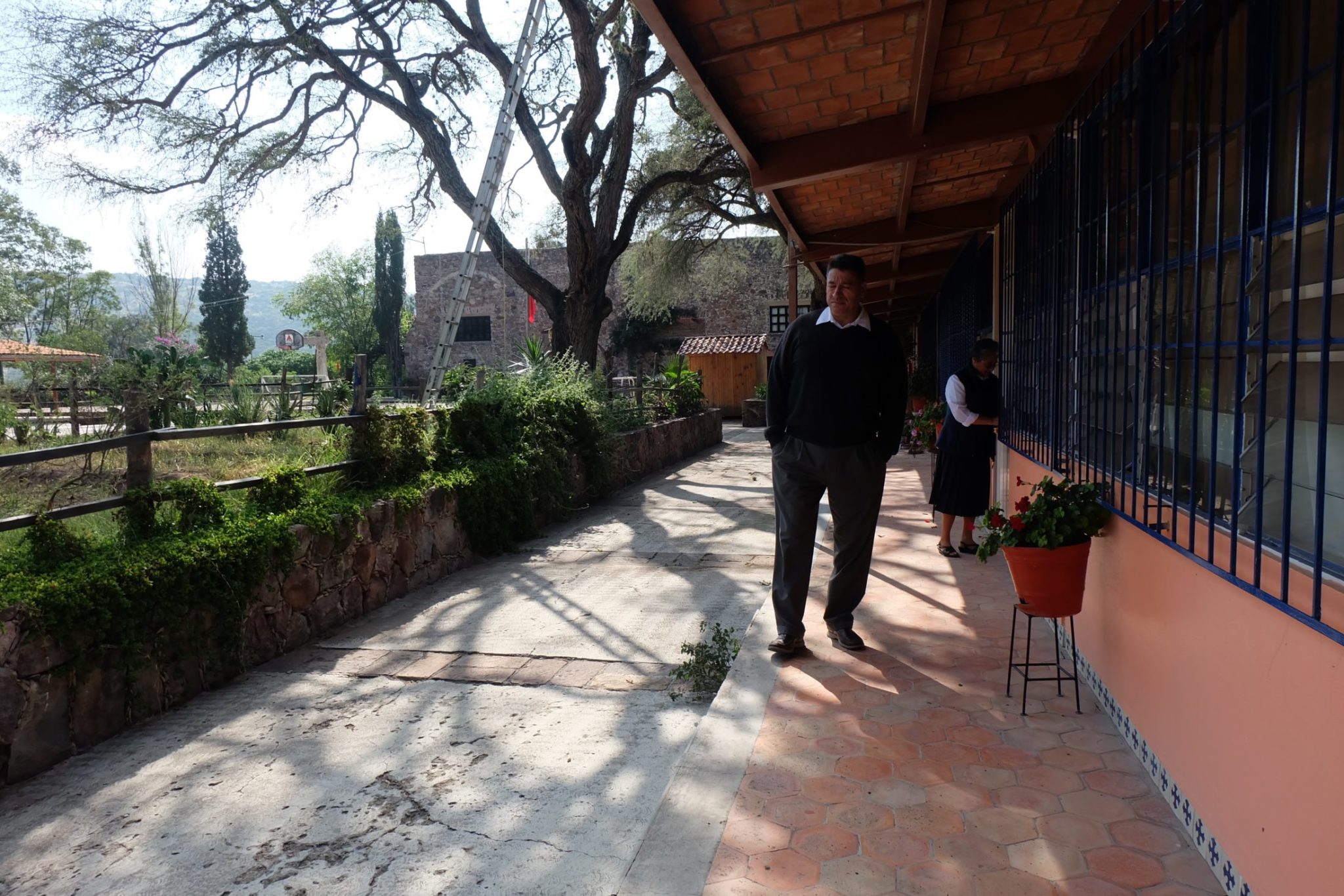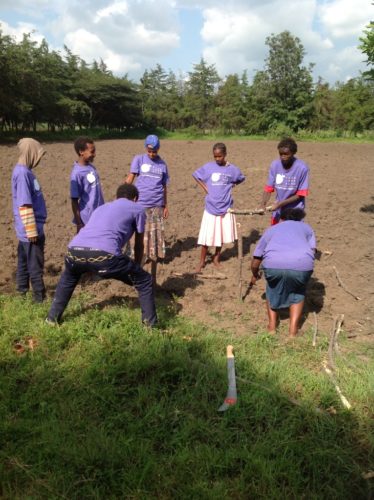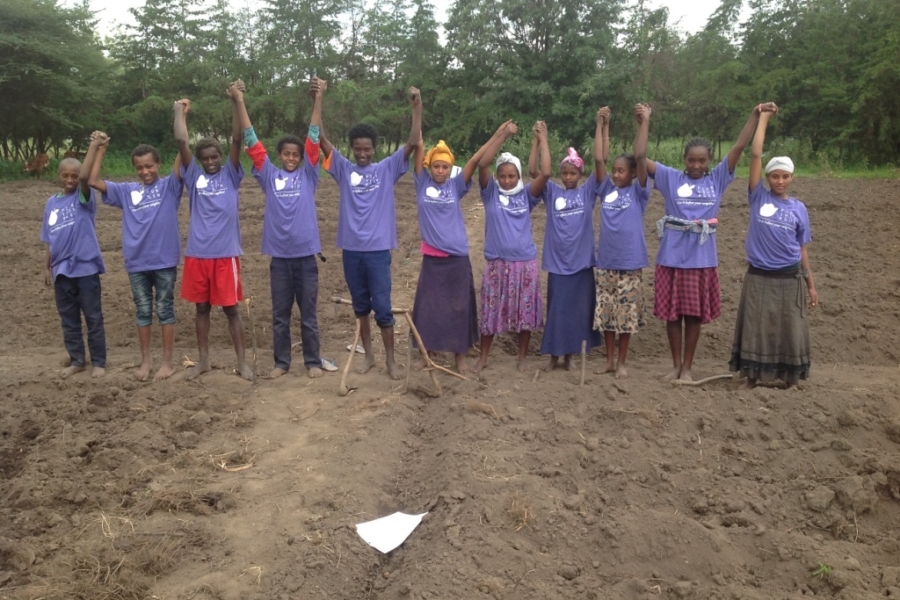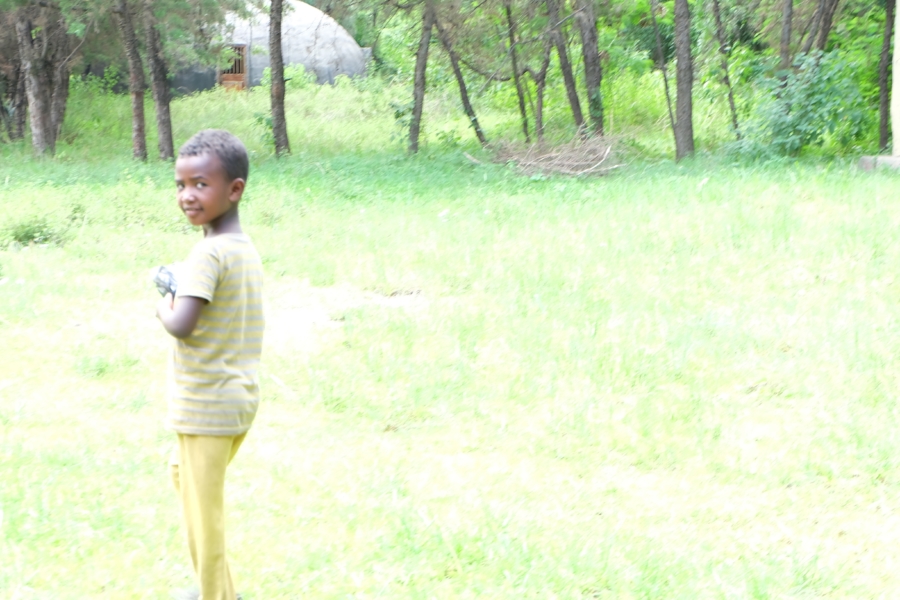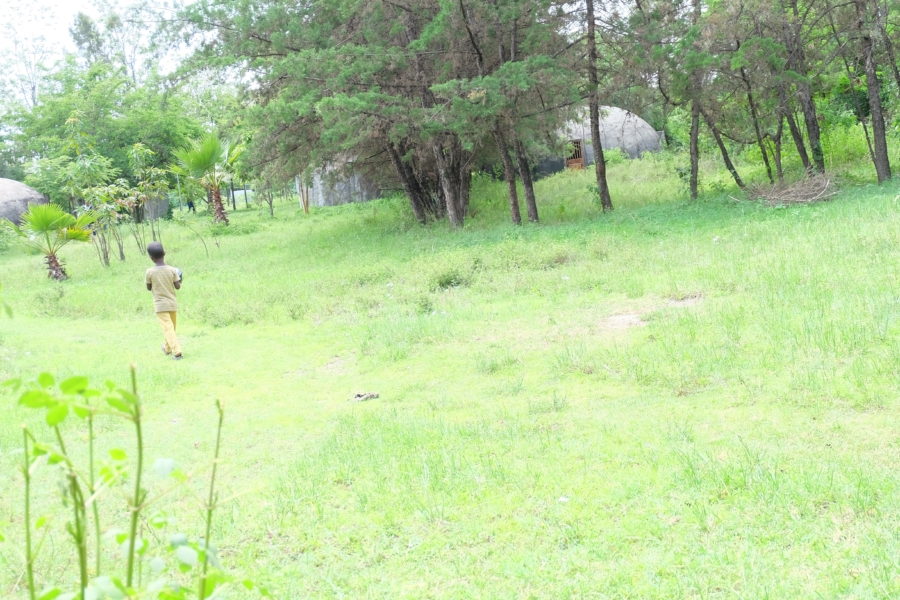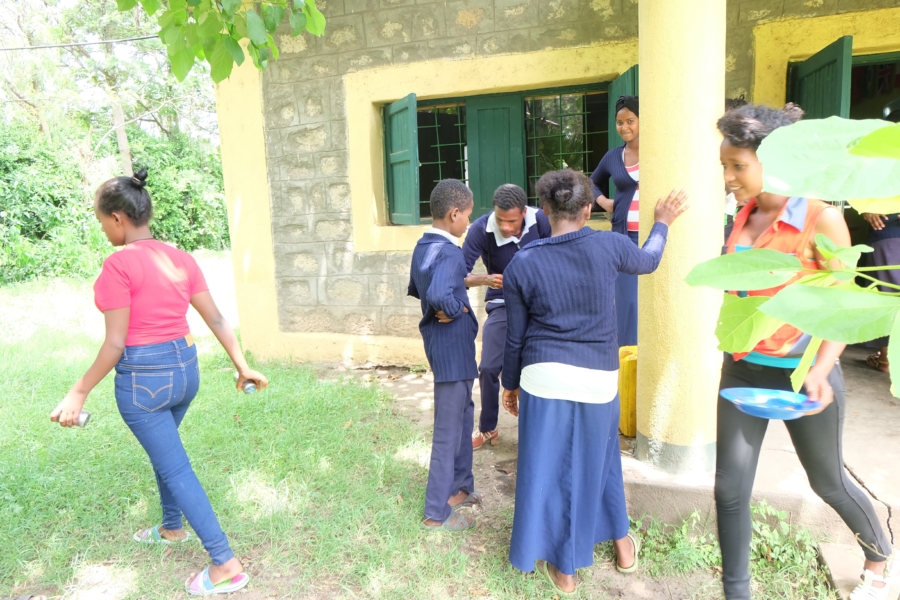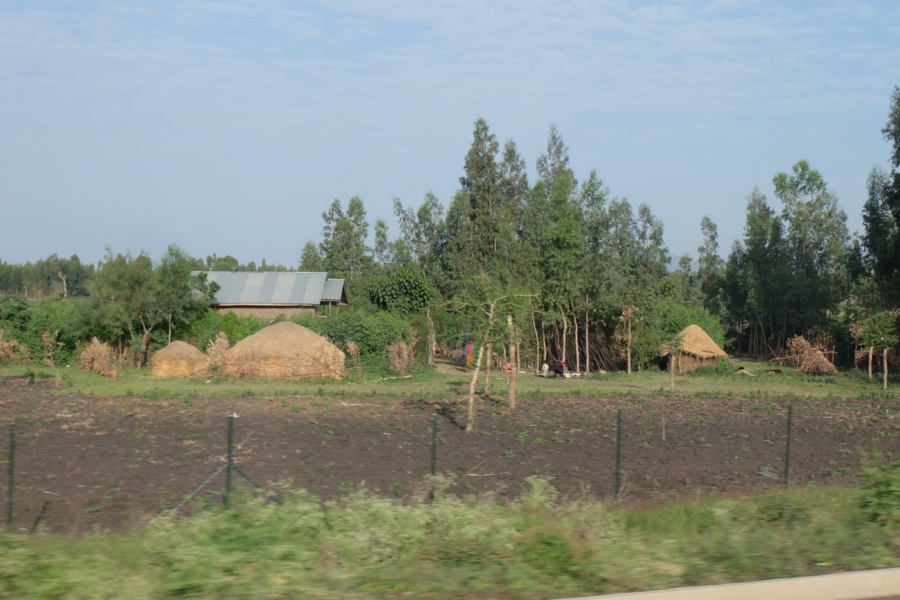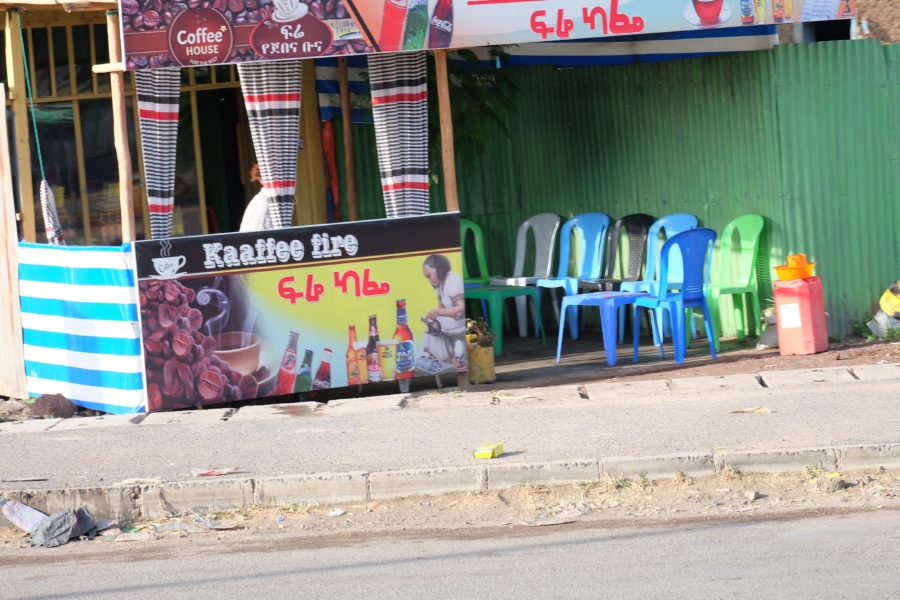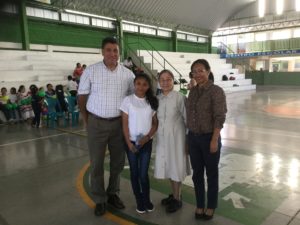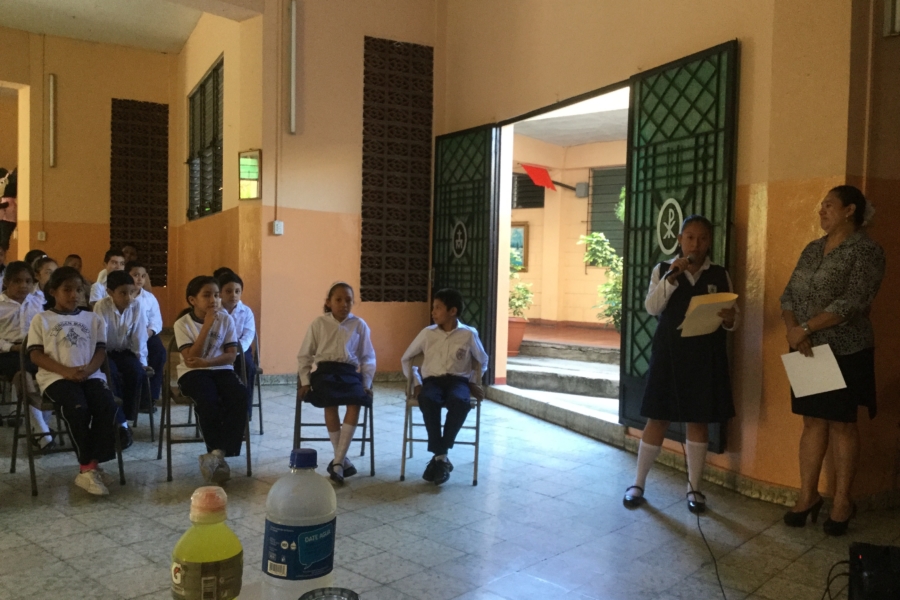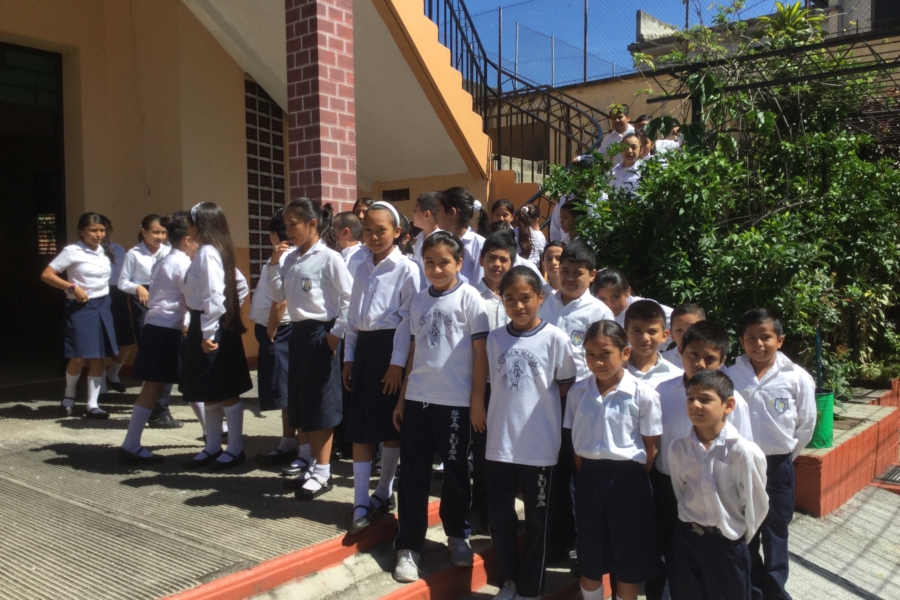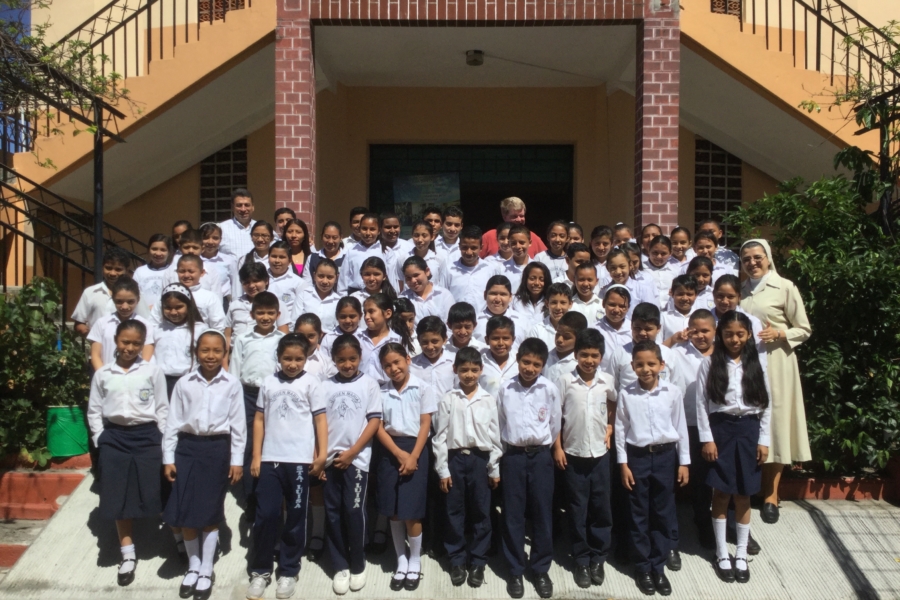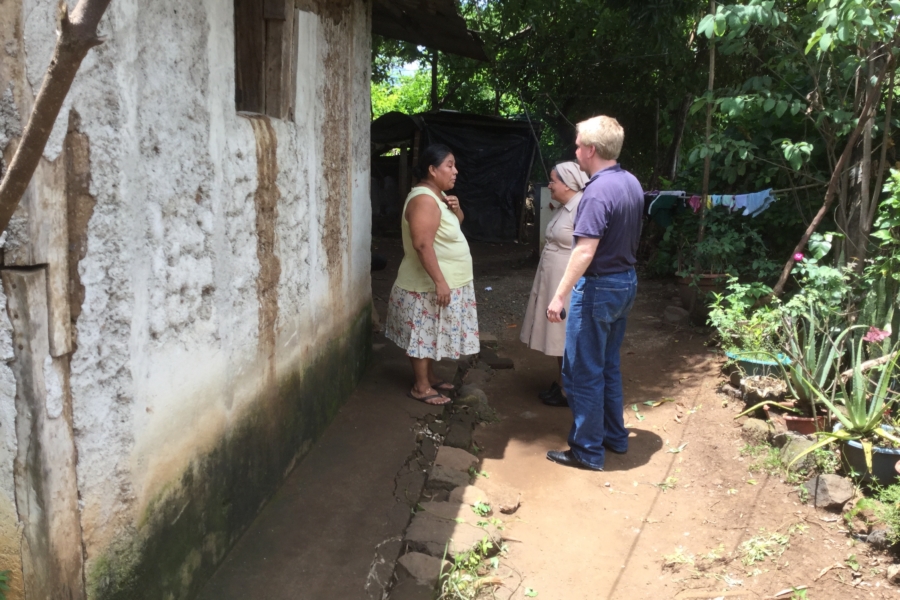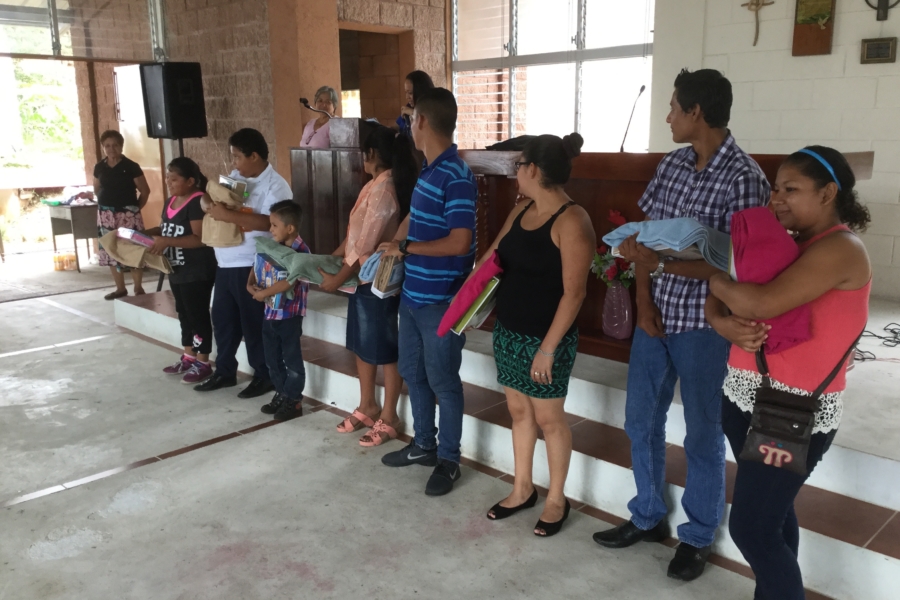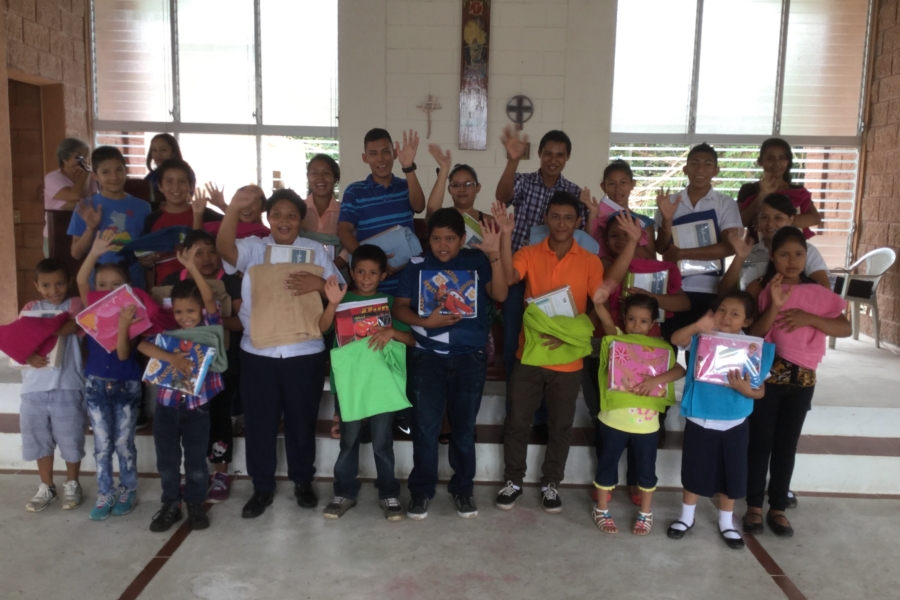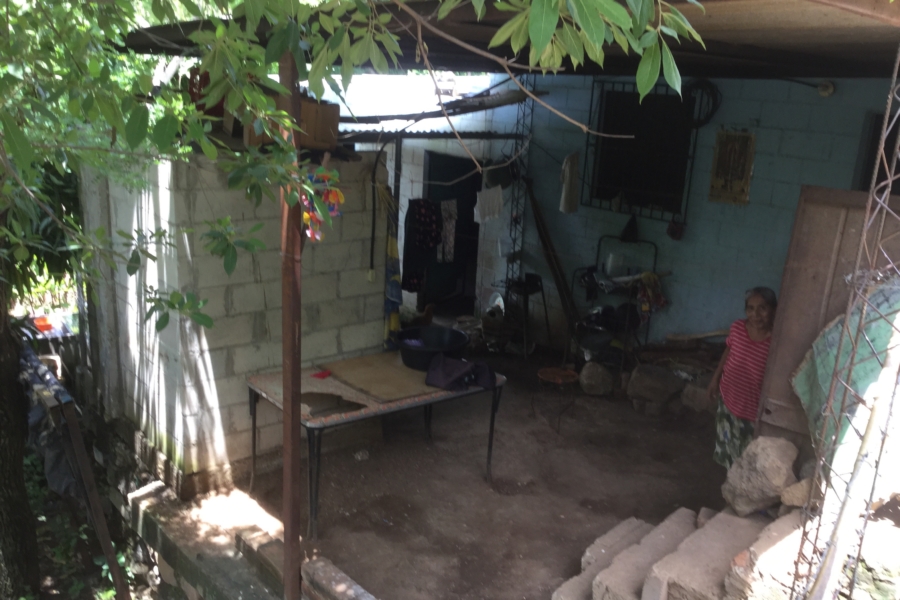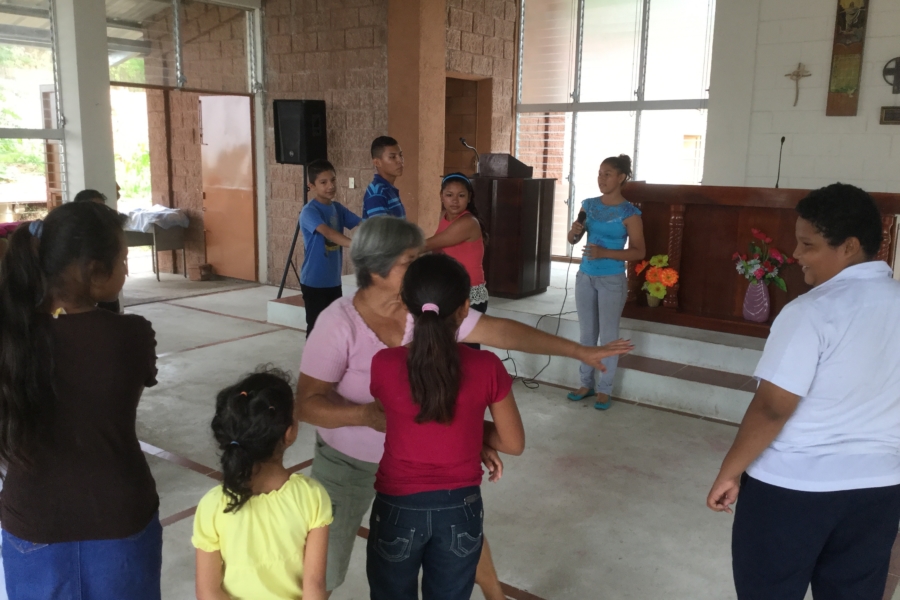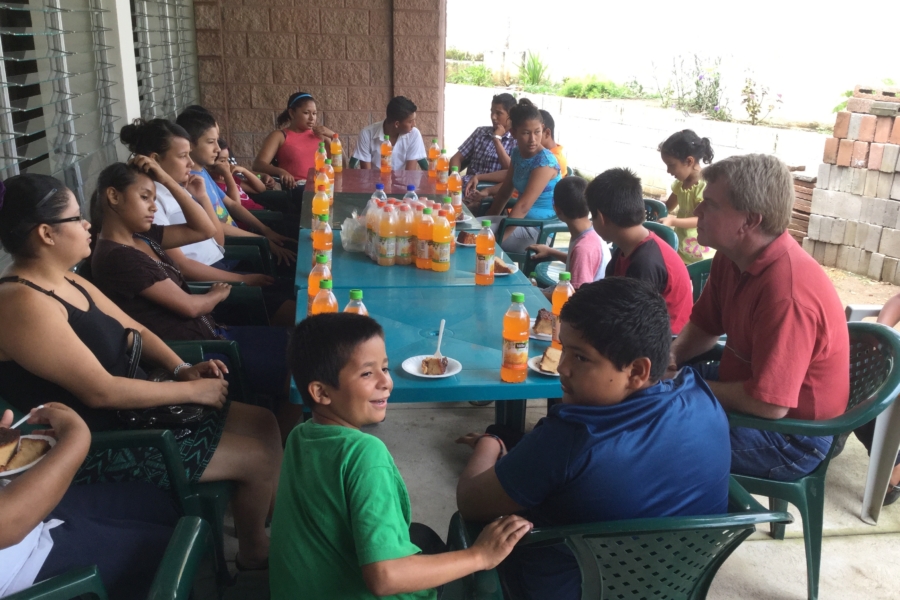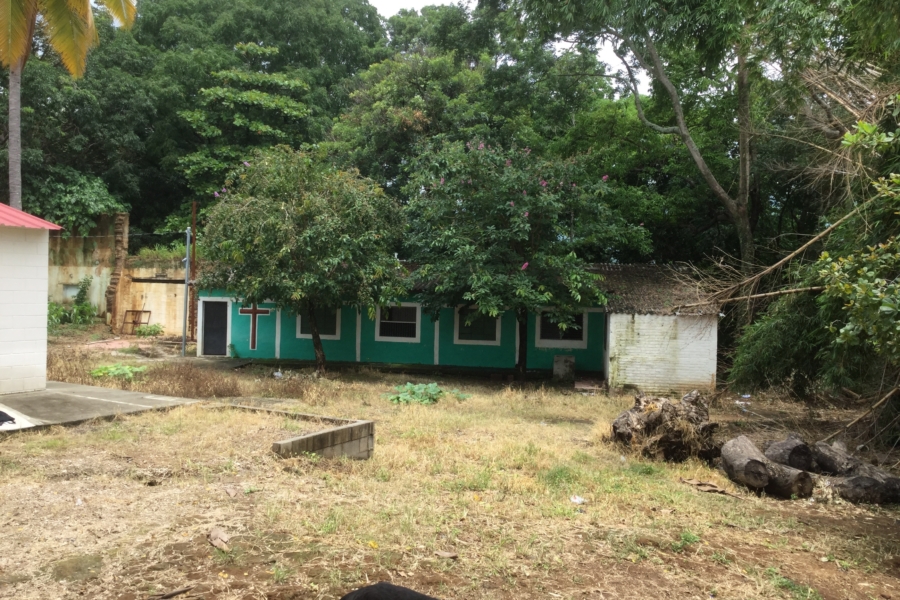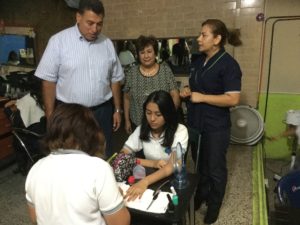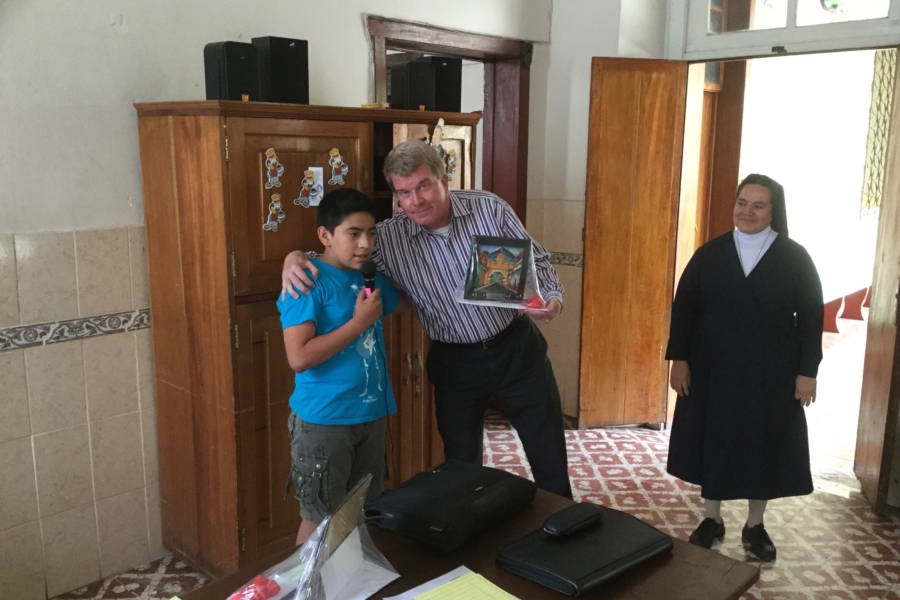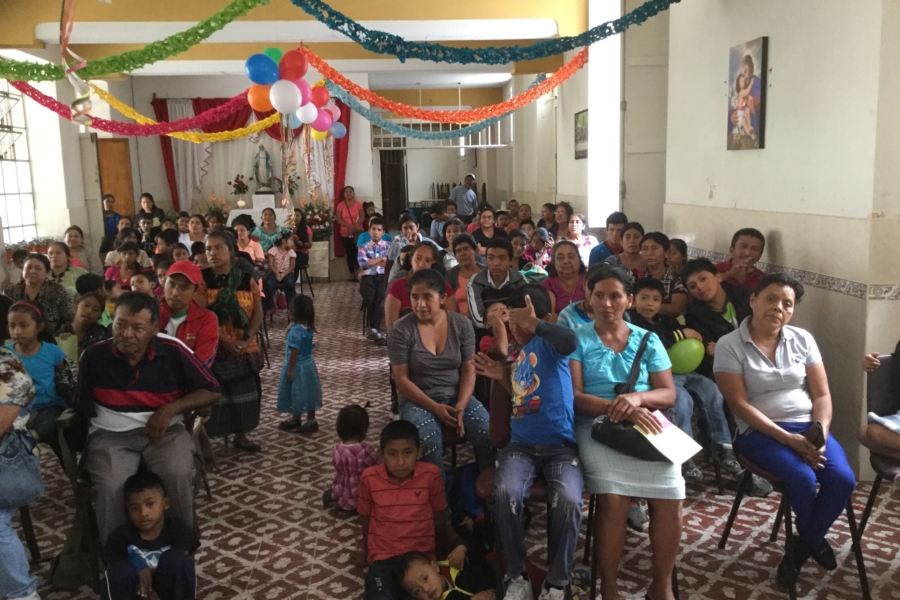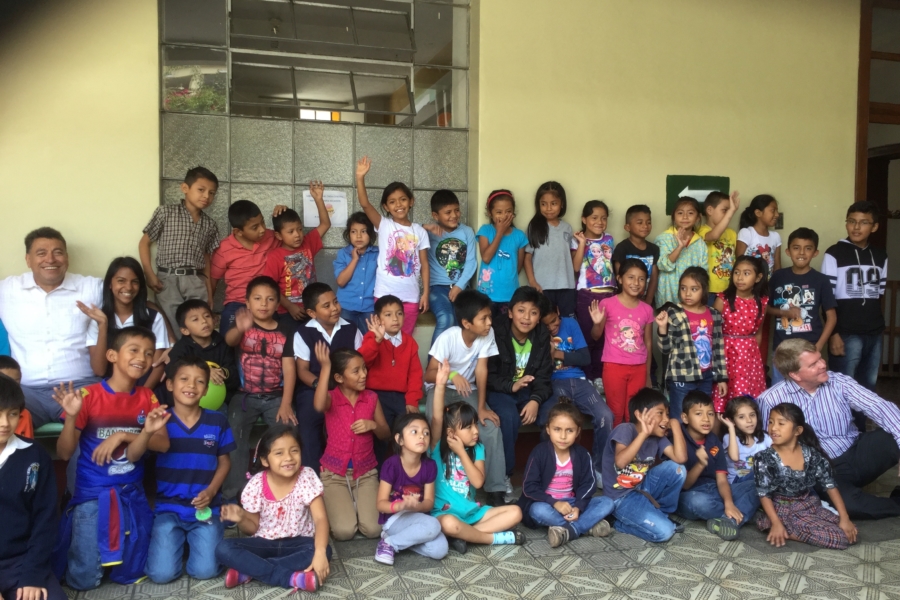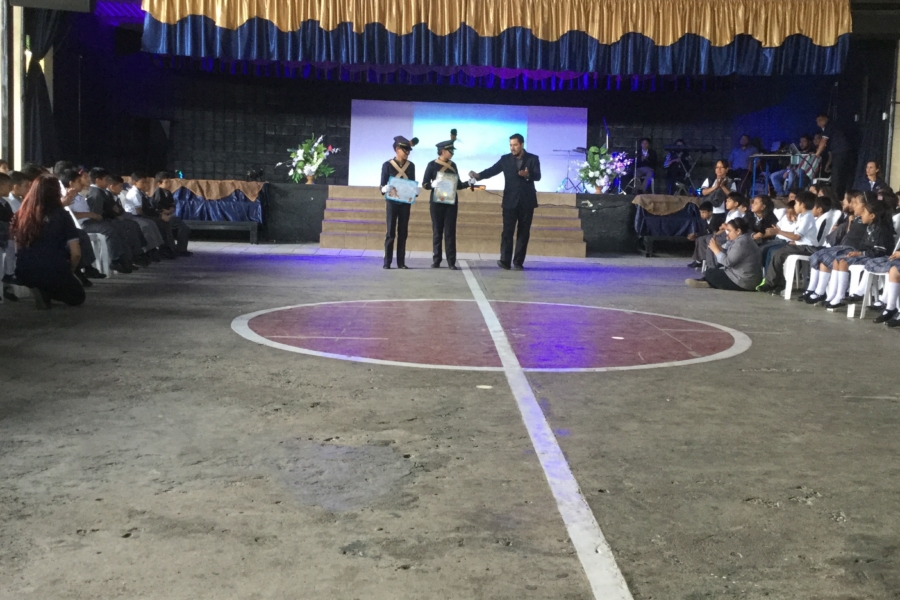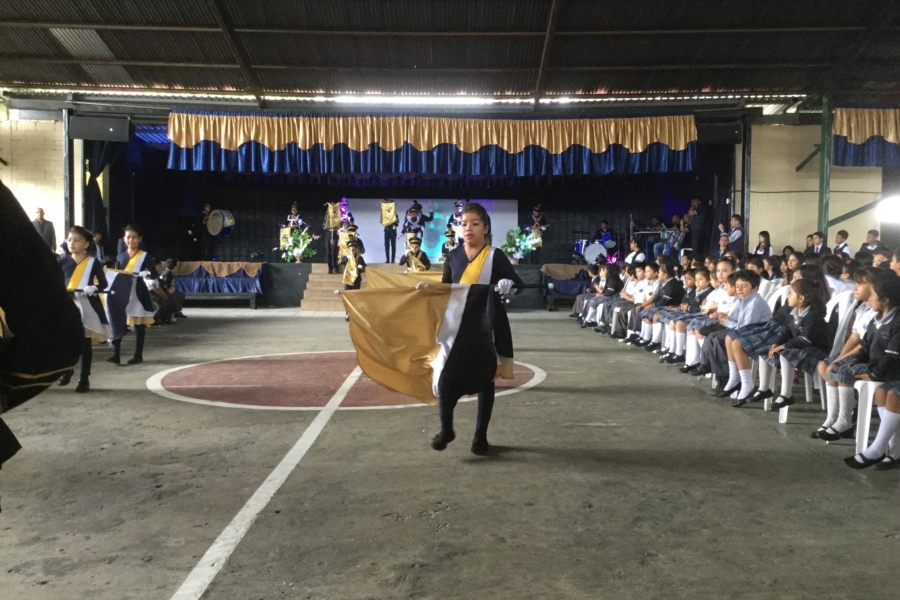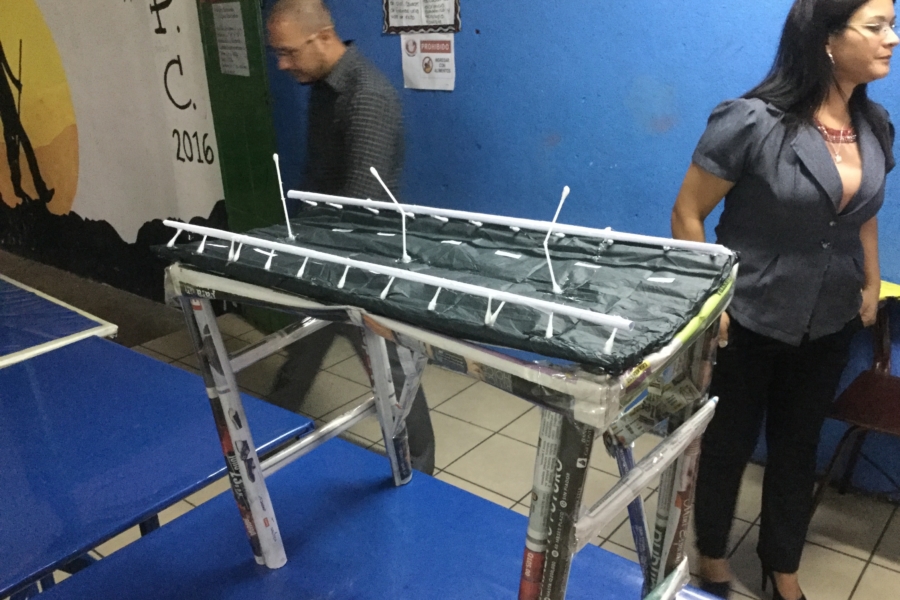It’s our fourth day in Mexico, and Luis and I have left a truly special place. I have never felt so much serenity when visiting one of our projects — in Mexico, in Africa, in Bolivia, or anywhere else. The sisters who run the Mexiquito Home outside San Miguel de Allende have just shown us a sanctuary (in every sense of the word) for boys of all ages.
Everybody needs help, as Luis said, and it’s true. The most charming cities to visit can be home to so many children who depend on the kindness of others to survive and flourish.
When we left Mexico City yesterday around noon, we found ourselves in San Miguel de Allende late in the afternoon. The bus ride to the far eastern part of Guanajuato was nice, and we were charmed by the city, as many before us have been. San Miguel de Allende’s cobblestone streets and colonial features dating back to its founding in 1541 have made it a scenic destination for tourists, artists, and writers. The restaurants, small shops, galleries, and hotels are all results of today’s tourism industry, but the 17th and 18th-century historic city center and cathedral are so well-preserved, you can easily imagine yourself hundreds of years back in time.
There seems to be so much money in the beautiful city of San Miguel de Allende, so it’ll be interesting for me to learn more about the community’s needs. I asked Luis how it is that Children Incorporated has gotten to work with so many different projects, and he responded, “Everyone needs help.”
Helping boys find their future
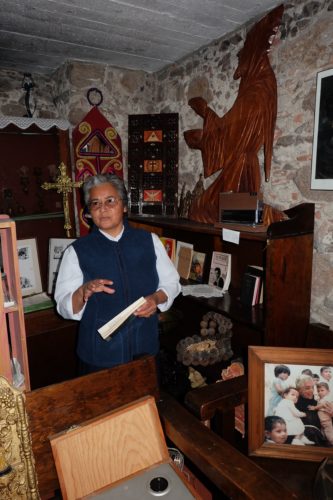
Sister Teo showing us the former room of Jose Mojica in San Miguel de Allende.
The next day, I was shocked when I arrived at the Mexiquito Home, just a short distance outside of the city. Luis had told me many things, but he wasn’t able to prepare me for just how stunning the property is. Mexiquito is located on a beautiful compound, with an iron gate that led up a lushly landscaped driveway and expansive stairs that led up to the entranceway of the building. From the top of those stairs, we could see the entire grounds — with dorms, a sanctuary, a cafeteria, and even a large courtyard with basketball hoops.
Once we met the director, Sister Teo, and we began our tour, I began to understand why the Mexiquito Home is the way it is. Jose Mojica, a famous Mexican singer and actor, founded the home in 1960 after following a calling to become a priest. He built the home to provide shelter and support for orphaned, abandoned, and underprivileged children — 50 years later, it’s still doing just that.
The government and the surrounding community help out as much as they can, with donations of food, books, clothes, and school supplies. Organizations like Children Incorporated make up a much-needed difference through sponsorships, making it possible for these boys to leave the streets and grow up in such a serene and loving environment.
The property’s sanctuary housed Mojica’s living quarters until he died in 1974. Sister Teo made the sanctuary the first stop on our tour. She and her fellow sisters commissioned local artists to paint portraits of Mojica and other prominent people affiliated with the home, as well as some children, and at one point next year, they hope to open the sanctuary as a museum with a café to honor Mojica’s legacy as well as generate some extra income for the home.
Something in the air
As we toured the sanctuary, I assured them with complete sincerity that I would be thrilled to visit a museum such as they’d described. The actor-turned-priest’s story is fascinating, and his living quarters are really impressive to see.
But to me, the real attraction is the home itself and what the sisters have been able to do with it.
Organizations like Children Incorporated make a difference through sponsorships, making it possible for these boys to leave the streets and grow up in such a serene and loving environment.
With 31 boys currently enrolled, the Mexiquito Home is not at its 50-student capacity. We were asked not to take photos of the boys living there, who range in age from toddler up to teenager. Their backgrounds are sad stories and they remain vulnerable to danger outside of the home, so the sisters do what they can to keep them in an entirely safe environment. It doesn’t hurt that the same environment is beautiful to the eye and even the nose — the whole place smells like lime trees!
Sister Teo took us up to the roof, where we saw the newly installed solar panels. Solar energy provides all of the school’s power and heats its water, which feels so resourceful in addition to being environmentally friendly. A Canadian volunteer comes and teaches music to the boys once a week in a music room, college students come to the Mexiquito Home to run the facility’s greenhouse, and there’s also a small dental and medical facility run by a volunteer doctor and nurse, in addition to a psychology room, a large playground, and a computer lab.
The sisters even keep chickens and sheep for trading and for food. We eat lunch alongside the boys as they return from school. They’re so sweet to us and each other, despite what we’ve heard about their difficult lives. I can only imagine what they’ve been through, but it’s clear that they have the support not only of Sister Teo and the other four sisters, but of each other as well.
Even in San Miguel de Allende, an exquisite city that, by all appearances, is doing so well for itself, there’s poverty and crime. Everybody needs help, as Luis said, and it’s true. The most charming cities to visit can be home to so many children who depend on the kindness of others to survive and flourish.
More and more on this trip, I’m reluctant to leave the places we visit. But we return home to our hotel and I think about the faces of the boys I met. Without pictures to remind me, I’ll have to rely on my memory.
***
HOW DO I SPONSOR A CHILD IN MEXICO?
You can sponsor a child in Mexico in one of three ways – call our office and speak with one of our sponsorship specialists at 1-800-538-5381, email us at sponsorship@children-inc.org, or go online to our donation portal, create an account, and search for a child in Mexico that is available for sponsorship.

